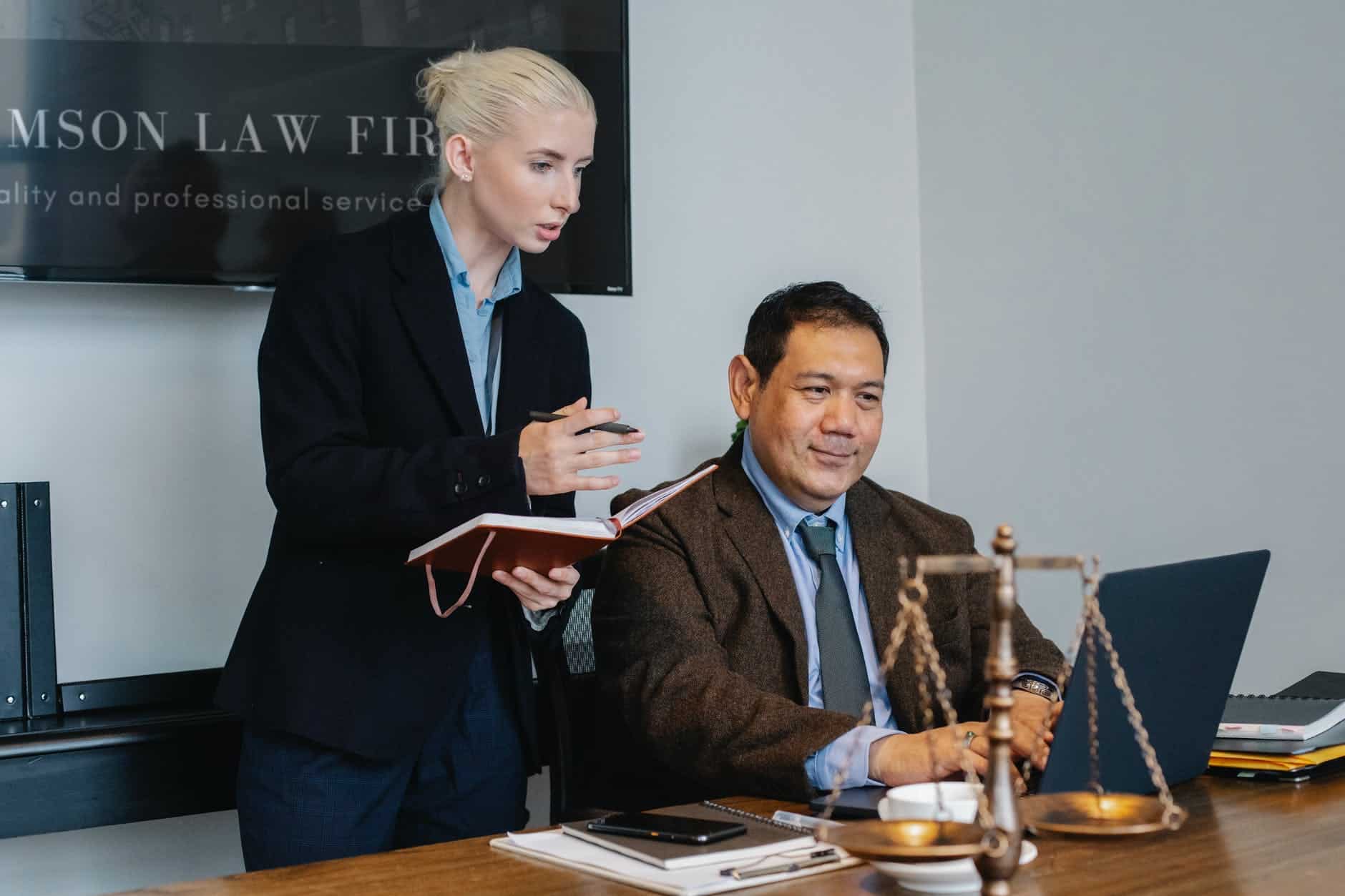The story of how LEGO, the family-owned toy company went from teetering on the brink of disaster and hemorrhaging cash to delivering the highest revenues in its entire history and being voted the 2017 Most Powerful Brand in the World makes for a truly inspirational tale…
Fourteen years ago, LEGO’s Head of Strategic Development Jørgen Vig Knudstorp delivered the kind of assessment that most managers would gladly superglue their own ears shut to avoid hearing.
“We are on a burning platform, losing money with negative cash flow and a real risk of debt default which could lead to a break-up of the company,” warned Knudstorp at that meeting.
He’d discovered during six months of examining the company that there was a lack of profitable innovation, according to David C. Robertson, author of ‘Brick by Brick: How LEGO Rewrote The Rules Of Innovation And Conquered The Global Toy Industry.
“LEGO had plumped up its top line, but its bottom line had grown anorexic. All the creativity of the previous few years had generated a wealth of new products, but only a few were actually making money,” wrote Robertson. “To make matters worse, the LEGO Group’s management organisation and systems, shaped by decades of success, were poorly equipped to handle a downturn.”
The company’s management team—twelve senior vice presidents who oversaw six market regions as well as such traditional functions as the direct-to-consumer business and the global supply chain—didn’t collaborate but instead operated in their own silos.
The result was that the LEGO Group was expected to suffer a thirty percent fall in sales with £193 million in operating costs. It had a negative cash flow of more than £124 million.
By the end of the year, it was likely to default on its outstanding debt of nearly £620 million. Its net losses were likely to double the following year.
Knudstorp’s stark assessment should have come as no surprise. Something was going badly wrong at LEGO HQ Denmark: in the years from 1932 through to 1998, the company had never made a loss but from then on, the losses had increased year by year. First, there had been a little lost in 1998 but by 2003—the year of Knudstorp’s no-holds-barred assessment—that had grown to something deeply worrying.
Much worse results followed a year later when the company recorded its biggest-ever loss of about £217 million. By then, Knudstorp had been appointed CEO.
“In 2003, we pretty much lost thirty percent of our turnover in one year,” he told Diana Milne in ‘Business Management Magazine’.
In 2004, the company had a further ten percent fall in turnover. “So, one year into the job, the company had lost forty percent of its sales. We were producing record losses and cash flows were negative. My job was how to stop the bleeding.
“We had to stabilise sales and cut costs dramatically to deal with the new reality of selling forty percent less than we had done two years earlier. We had too much capacity, too much stock. It was sitting in the wrong countries. The retailers were very unhappy.”
Knudstorp, a former McKinsey analyst, told James Delingpole of the ‘Daily Mail’, “We had a dress rehearsal of the world financial crisis: a strong decline in sales and a massive increase in our indebtedness.”
The losses were partly a result of the company’s attempt to diversify in the late 1990s, in the belief its brightly coloured building bricks were losing appeal and were under threat from computer games and the internet.
It was coming under pressure from other toy manufacturers since the last of its plastic toy brick design patents had run out in 1988 and the monopoly it had enjoyed for so long in the plastic toy brick market had begun to erode.
LEGO’s diversification saw it expand the number of theme parks it owned in a bid to help increase the visibility of the LEGO brand across key markets. This was despite it having little hospitality experience. Unfortunately, these capital-intensive developments didn’t provide anywhere near the expected returns.
And the company had dramatically expanded the number of products in its portfolio, according to the ‘Brick By Brick’ author. In the years 1994 through to 1998, it had tripled the number of new toys it produced.
“In theory that was a good thing: experimentation is the prelude to real progress,” wrote Robertson. … “Problem was, the LEGO Group’s once-famous discipline eroded as quickly as its products proliferated.
“Production costs soared but sales plateaued, increasing by a measly five percent over four years,” Robertson said.
The company had little idea which products were making money and which were failing to produce an adequate return on the sometimes-heavy tooling investment, according to a case study from John Ashcroft and Company.
LEGO had even created its own lifestyle clothing range and brand shops and launched TV series, DVDs, and video games.
So, by the time Knudstorp delivered his assessment, the company was in serious trouble.
The Turnaround Begins for LEGO…
This is why with the help of Finance Director, Jesper Oveson (former Chief Financial Officer of one of the largest banks in Scandinavia, the Danske Bank), Knudstorp began to make sweeping changes.
Oveson discovered there was an inadequate degree of financial analysis within the company. While there was a profit and loss account by country, there wasn’t product analysis or line profitability, according to John Ashcroft and Company. In other words, the company didn’t know where they made or lost money. Likewise, the theme parks were a massive cash drain but no one knew why.
The two men decided on a short-term life-saving action plan rather than a long-term strategy for LEGO, which would involve managing the business for cash rather than sales growth. Key moves included:
- Setting financial targets. Ovesen introduced a near-term, measurable goal of 13.5% return on sales benchmark and established a financial tracking system—the Consumer Product Profitability system. It measured the return on sales of individual products and markets so the company could track where it was making and losing money. Every existing or proposed product had to demonstrate it could meet or surpass that benchmark.
- Cost-cutting (including cutting 1,000 jobs)
- Improving processes (many processes were outsourced which meant employee numbers could be cut by another 3,500)
- Managing cash flow
- Introducing performance-related pay
- Reducing the product-to-market time.
- Selling the theme parks and slowing retail expansion.
- Cutting the number of components from almost 7,000 down to about 3,000.
The result of these and other changes was that LEGO recovered and went on to become the most profitable and fastest-growing toy company in the world. During the worst of the recession in the years 2007 through to 2011, for example, LEGO’s pre-tax profits quadrupled. Its profits grew faster than Apple’s in the years 2008 through to 2010.
LEGO the Super-Brand
LEGO’s success has continued. Earlier this year, LEGO (now being run by Bali Padda as Knudstorp has moved into a role where he can expand the brand globally) announced its highest ever revenue in the company’s 85-year history.
And it overtook Ferrari and Apple to be voted the world’s most powerful brand. Each year, Brand Finance, a leading brand valuation and strategy consultancy, puts thousands of the top brands around the globe to the test to find the most powerful and most valuable of them all. This year, LEGO won.
“LEGO is the world’s most powerful brand,” it announced. “It scores highly on a wide variety of measures on Brand Finance’s Brand Strength Index such as familiarity, loyalty, staff satisfaction, and corporate reputation.”
Its appeal to children and adults in this tech-centered world also garnered praise from Brand Finance.
It continued, “The LEGO movie perfectly captured this cross-generational appeal. It was a critical and commercial success, taking nearly $500 million [£338 million] since its release a year ago. It has helped propel LEGO from a well-loved, strong brand to the world’s most powerful.”
This goes to show that even when disaster seems certain, it is possible to revive an ailing company. Of course, it helps to have a top-level financial advisor working with you to ensure the changes you’re making are the right ones.
What To Do If Your Company Is Suffering A Cash Flow Crisis
If your company is in dire straits, take action now—don’t imagine you can wish the crisis away or continue to do whatever you’ve been doing in the hope things will get better. They won’t.
Until you identify and fix your cash flow problems then put systems in place for managing cash flow, your company is at very grave risk of insolvency.
Without well-defined and well-managed strategies to avoid running into cash flow problems and a plan to improve cash flow if such problems should arise, your company will continue to flounder.
Fortunately, you don’t have to do it alone. The FD Centre will provide you with a highly experienced part-time FD with ‘big business experience’ for a fraction of the cost of a full-time FD.
He or she will assess your company’s cash flow position and take the following steps:
Identify and address all the immediate threats to your business
Prevent cash flow problems from recurring and
Instigate the use of regular cash flow forecasts.
Having control of your company’s cash flow will allow you to operate within your means, and move away from a ‘feast and famine situation that plagues even the largest companies.
Having the right cash flow management processes in place and being able to spot peaks and troughs in trading to improve cash flow is one of the most critical components of any finance function.
Put an end to your cash flow problems now by calling the FD Centre today. To book your free one-to-one call with one of our part-time FDs, just click here.
Sources
‘Brick by Brick: How LEGO Rewrote The Rules Of Innovation And Conquered The Global Toy Industry, David C. Robertson & Bill Breen, Crown Business, 2013
‘How LEGO Became The Apple Of Toys’, Jonathan Ringen, ‘Fast Company’, August 1, 2015
‘How LEGO clicked: the super-brand that reinvented itself’, Johnny Davis, ‘The Observer’ magazine, June 3, 2017
‘LEGO Annual Report 2016’, www.LEGO.com
‘The LEGO Case Study 2014’, John Ashcroft and Company
‘When LEGO lost its head- and how this toy story got its happy ending’, James Delingpole, ‘The Daily Mail’, December 18, 2009








